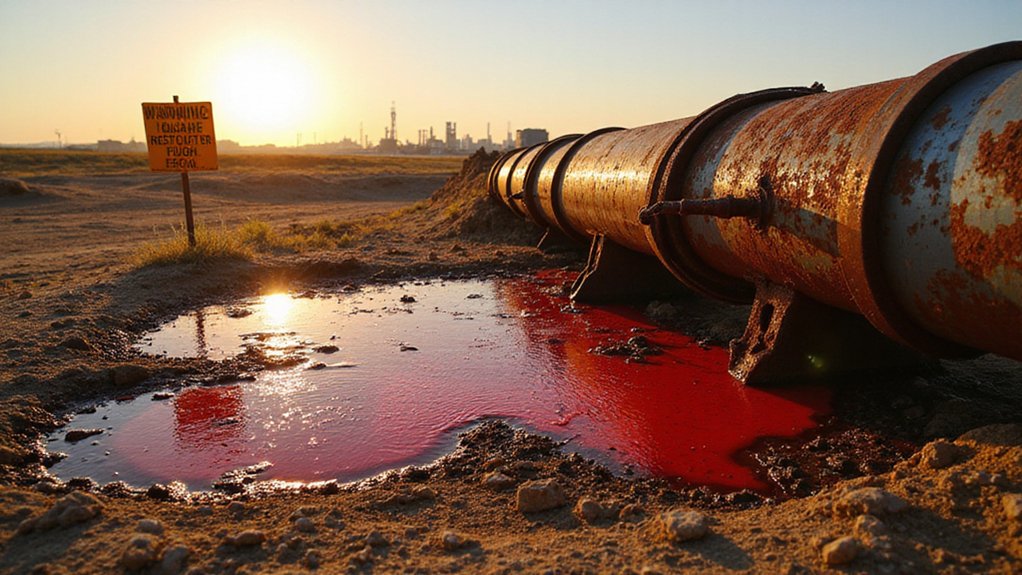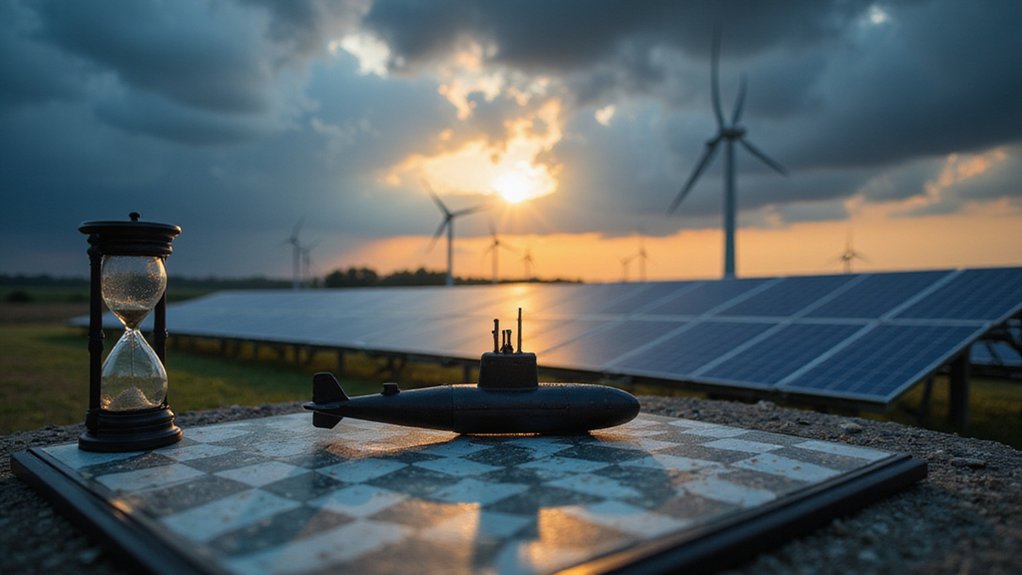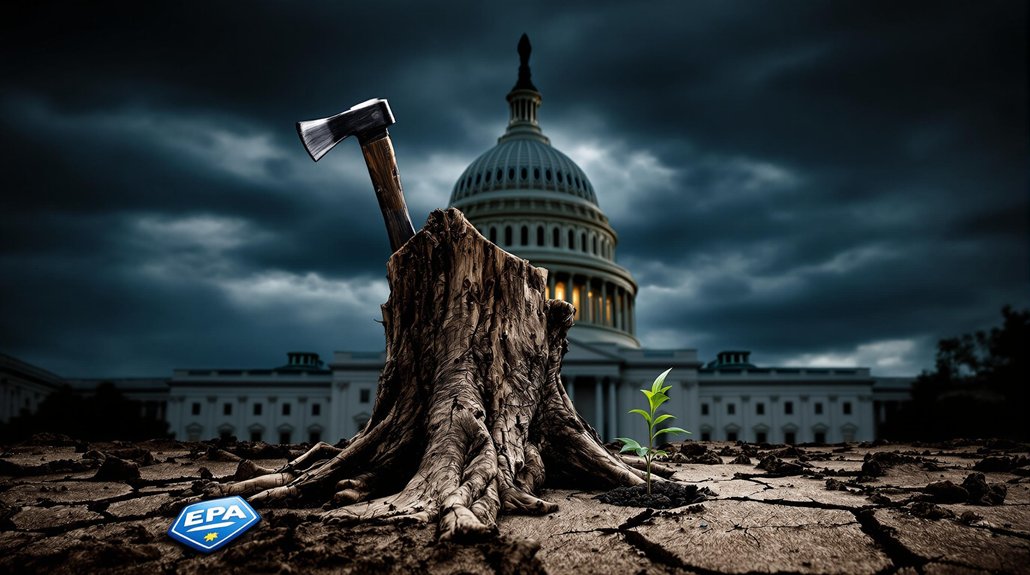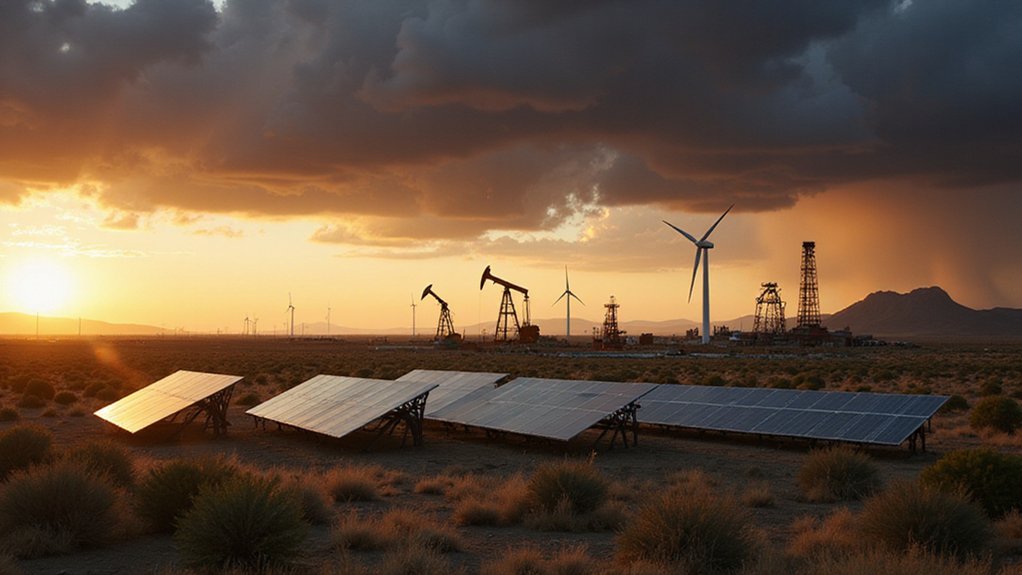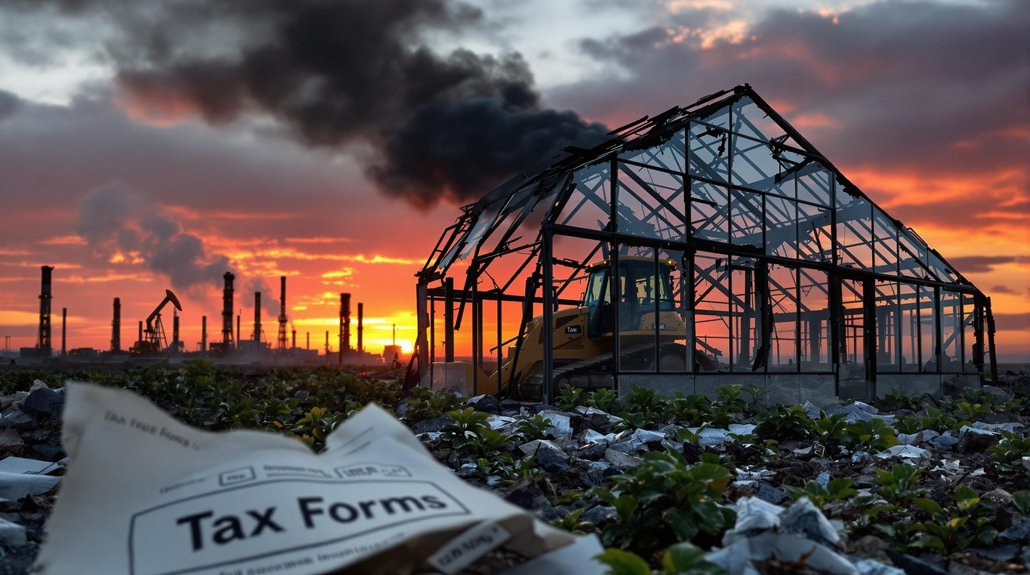Cracks in America’s pipeline safety have widened into gaping wounds. What once seemed like adequate protection for thousands of miles of aging infrastructure carrying volatile materials has deteriorated since 2017, thanks to regulatory rollbacks during the first Trump administration. Less inspection. Fewer reports. Slashed funding. The results? Predictably disastrous.
PHMSA data paints a grim picture—an upward trend in significant pipeline incidents involving hazardous liquids and natural gas. We’re talking explosions, fires, and spills that look like something from a disaster movie, except the casualties are real. Fatalities and injuries remain stubbornly high compared to previous decades. Progress? Not happening.
The nation’s pipelines are getting older and crankier. Cast iron and bare steel monstrosities still snake beneath older urban areas, way past their expiration dates. These metal dinosaurs are ticking time bombs, especially during natural disasters or operational hiccups. Replacement timelines? Comically extended beyond federal targets. Nothing says “priority” like “we’ll fix it eventually.”
Safety performance metrics tell the same sad story. Annual volume of hazardous material released? Up. Total incidents? Up. Operator compliance? Down. Miles inspected? Down. Enforcement actions? You guessed it—down. It’s almost like reducing oversight leads to worse outcomes. The data mirrors findings from bleeding disorder studies where a 50% reduction in bleeding rates was observed with proper treatment protocols. Who could’ve predicted? Biotechnology companies like Hemab Therapeutics are developing prophylactic therapeutics for serious bleeding disorders, a stark contrast to the reactive approach in pipeline safety.
Meanwhile, leaks go unreported or unaddressed for ridiculous periods. Companies can’t even agree on standardized measurement systems for bleed rates. How convenient for their bottom lines.
The scariest part? These pipelines often run near densely populated areas and sensitive ecosystems. When—not if—they fail, the consequences stretch far beyond cleanup costs. Communities are left holding the bag with contaminated water, poisoned land, and sometimes, funeral expenses. The continued reliance on fossil fuel infrastructure stands in direct opposition to addressing the global emissions crisis that has already pushed atmospheric CO2 to dangerous levels.
Trump-era regulatory slashing may continue to save operators money, but the bill eventually comes due. And guess who pays it? Not the executives who lobbied for fewer safety measures. Just regular folks living near increasingly dangerous infrastructure that’s hemorrhaging both contents and oversight.
References
- https://www.phmsa.dot.gov/data-and-statistics/pipeline/data-and-statistics-overview
- https://www.prnewswire.com/news-releases/hemab-therapeutics-presents-positive-clinical-and-preclinical-data-across-bleeding-disorder-pipeline-at-isth-2025-congress-302488365.html
- https://www.federalregister.gov/documents/2025/07/15/2025-13218/pipeline-safety-information-collection-activities
- https://www.cpuc.ca.gov/-/media/cpuc-website/divisions/safety-policy-division/documents/appendix-1—transmission-pipeline_032725.xlsx
- https://www.prnewswire.com/news-releases/hemab-therapeutics-to-present-clinical-and-preclinical-data-from-multiple-bleeding-disorder-programs-at-the-isth-2025-congress-302476748.html
